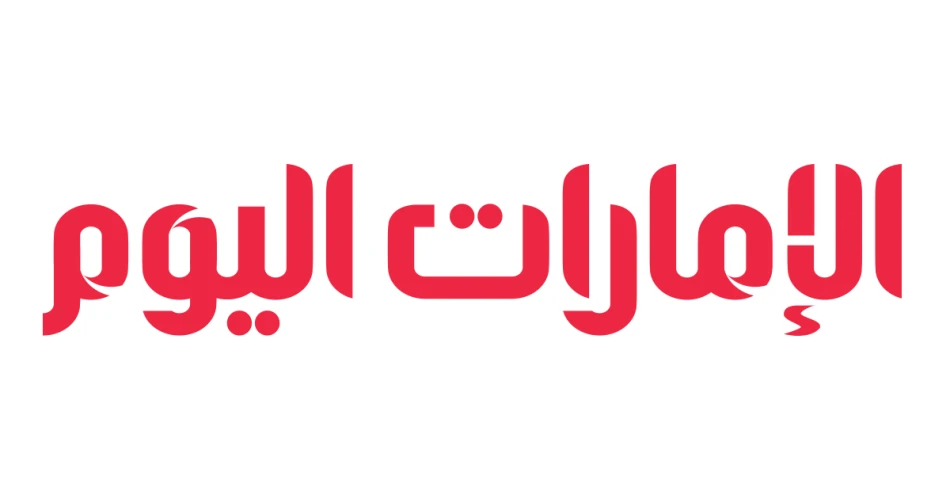
Dubai's Nad Al Hamr Intersection Undergoes Traffic Improvements for Enhanced Mobility
Dubai Fast-Tracks Infrastructure Upgrades to Beat Summer Traffic Surge
Dubai's Roads and Transport Authority (RTA) has launched a strategic 850-meter road expansion project near the Nad Al Hamar intersection, targeting completion by August 2025 as part of an accelerated infrastructure program designed to ease congestion during peak summer months when residents return from vacation and economic activity intensifies.
Strategic Road Network Enhancement
The new vehicle lane connects Ras Al Khor Street to the Nad Al Hamar intersection near Nasser bin Lootah Mosque, while simultaneously expanding storage lanes for traffic flowing from Rabat Street toward the Nad Al Hamar area. This dual approach addresses bottlenecks that have historically plagued two of Dubai's busiest commercial corridors.
The RTA's decision to prioritize this particular intersection reflects Dubai's data-driven approach to urban planning. Nad Al Hamar sits at a critical junction connecting industrial zones, residential communities, and major highways, making it a natural pressure point as the city's population approaches 3.7 million residents.
Summer 2025: A Critical Timeline
The August 2025 completion target is particularly significant, coinciding with Dubai's traditional summer peak when expatriate families return from extended holidays and business activity rebounds. This timing suggests the RTA has identified seasonal traffic patterns that require preemptive infrastructure solutions rather than reactive measures.
Comparative Regional Approach
Dubai's rapid infrastructure deployment mirrors successful strategies seen in Singapore and parts of China, where governments use off-peak construction periods to minimize disruption while maximizing economic impact. Unlike many Western cities that face lengthy approval processes, Dubai's streamlined decision-making allows for these "quick win" projects that deliver immediate relief.
Economic and Investment Implications
For real estate investors and businesses operating along these corridors, the improvements signal continued government commitment to maintaining Dubai's competitive advantage as a logistics and business hub. Properties near the enhanced intersections typically see increased valuations, while reduced commute times can boost productivity for companies with operations in the affected areas.
The project also reinforces Dubai's positioning ahead of Expo 2020's long-term legacy planning and the UAE's broader economic diversification goals. Efficient transport networks remain crucial for attracting international businesses considering regional headquarters locations.
Broader Infrastructure Strategy
This targeted intervention represents part of Dubai's "quick improvements" philosophy—delivering measurable results within months rather than years. The approach contrasts sharply with megaprojects like the Dubai Metro expansion, instead focusing on surgical enhancements that maximize impact per dirham invested.
The RTA's emphasis on "global leadership in easy and sustainable mobility" suggests these localized improvements serve as testing grounds for scalable solutions that could be replicated across Dubai's expanding urban footprint, particularly as new developments in Dubai South and other growth corridors come online.
 Sara Khaled
Sara Khaled







